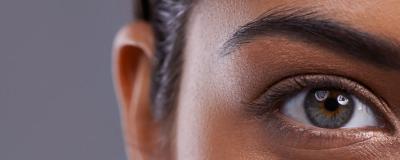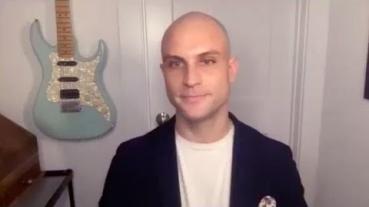What is Eyelid Surgery?
Eyelid surgery, or blepharoplasty, is a procedure performed on the upper lids, lower lids or both at the same time. Some people have blepharoplasty to improve their appearance — for example, to remove “bags under the eyes” that can give a tired or aged appearance — while others have it to correct vision problems that occur if excess upper eyelid skin droops over the eye and impairs vision.
Blepharoplasty can treat the following issues:
- Bags and dark circles under the eyes
- Drooping eyelids
- Fine wrinkles of the eyelid skin
- Hooding of the eyelid skin that can obscure the natural fold and impair vision
- Puffiness or heavy appearing upper or lower eyelids
You might choose to have blepharoplasty in combination with other facial rejuvenation procedures, such as a facelift or brow lift.
How Blepharoplasty Works
Eyelid surgery can be performed either awake using local anesthesia; during sedation or “twilight anesthesia”; or while asleep under general anesthesia. You and your surgeon will discuss the type of anesthesia that will be safest for you.
For an upper blepharoplasty, an incision is hidden within the natural fold of the upper eyelid. Excess skin and fat is then removed to improve the appearance of the lid and correct obstructed vision.
For lower lid blepharoplasty, the incision is made either just below the lower lash line or inside the lower eyelid. Excess fat is removed or repositioned, and sagging skin can also be corrected and the eyelid tightened to create a more rested and youthful appearance.
The incisions are closed with sutures or skin glue and leave a practically invisible scar hidden in natural skin creases.
How Long Does it Take to Recover From Blepharoplasty?
It typically takes about 10 to 14 days for bruising and swelling to completely go away after an eyelid lift, and you might experience mild dryness or itching of the eyes. Over-the-counter eye drops can be used to improve this if it occurs.
You should be able to resume normal activity within a week or so — but as with every surgery, recovery is highly individual. During your consultation, your surgeon will discuss the recovery period and healing process.
Frequently Asked Questions About Blepharoplasty
Generally, people who have had laser eye surgery like LASIK are good candidates for blepharoplasty after at least six months have passed.
If you have a condition like glaucoma, chronic dry eyes or past retinal detachment, blepharoplasty might not be right for you. Be sure to share your full eye health history with your surgeon.
If your upper eyelid skin droops enough that it obstructs your vision, blepharoplasty might be a medically necessary procedure.
You can likely resume wearing contact lenses about two weeks after surgery.





